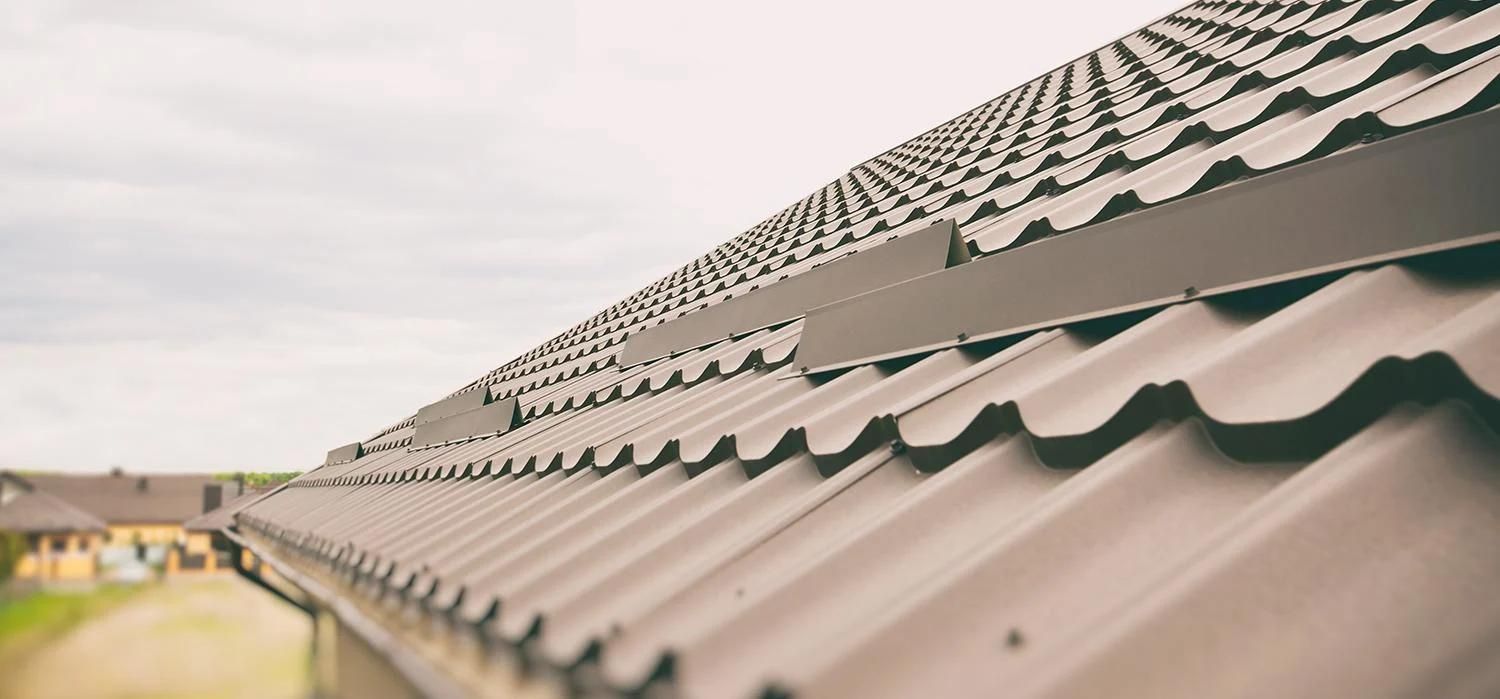

Articles
How Long Does Metal Roof Last
Modified: October 20, 2024
covering all aspects of metal roofing durability and longevity.
(Many of the links in this article redirect to a specific reviewed product. Your purchase of these products through affiliate links helps to generate commission for Storables.com, at no extra cost. Learn more)
Introduction
A metal roof is a popular choice for homeowners and businesses seeking durability and longevity. Unlike traditional roofing materials such as asphalt shingles or clay tiles, metal roofs are known for their exceptional strength and resilience. With proper care and maintenance, metal roofs can last significantly longer than other roofing options.
In this article, we will explore the factors that affect the lifespan of metal roofs, the average lifespan of various types of metal roofing materials, and provide tips for extending the lifespan of your metal roof. Additionally, we will discuss warning signs that indicate it may be time for a roof replacement. Whether you already have a metal roof or are considering installing one, this comprehensive guide will give you valuable insights into how long you can expect your metal roof to last.
Before we delve into the lifespan of metal roofs, it’s important to note that there are various factors that can impact their longevity. These factors include the type of metal used, the quality of the installation, the climate in which the roof is located, and the level of maintenance and care provided.
So, let’s jump into the details and discover how long your metal roof can stand strong and protect your property.
Key Takeaways:
- Metal roofs can last for decades with proper care and maintenance. Factors such as the type of metal, coatings, installation quality, and climate all play a role in determining the lifespan of a metal roof.
- Regular inspections, cleaning, addressing rust and damages promptly, and proper gutter maintenance are essential for prolonging the lifespan of a metal roof. Additionally, investing in professional maintenance and applying protective coatings can further extend its durability.
Read more: How Long Does Metal Siding Last
Factors Affecting the Lifespan of Metal Roofs
The lifespan of a metal roof is influenced by several key factors that homeowners should be aware of. By understanding these factors, you can take the necessary steps to maximize the longevity of your metal roof.
1. Type of Metal: The type of metal used for the roofing material is a crucial factor in determining its lifespan. Common metal options for roofs include steel, aluminum, copper, and zinc. Each metal has its own unique properties and durability. For example, copper roofs can last up to 100 years, while steel roofs typically have a lifespan of 40-70 years, depending on the quality of the coating applied.
2. Coatings and Finishes: Coatings and finishes play a significant role in protecting metal roofs from corrosion and weathering. High-quality coatings, such as galvanized or galvalume coatings, provide additional resistance against rust and enhance the roof’s durability. Investing in premium coatings can significantly extend the lifespan of your metal roof.
3. Installation Quality: The quality of the installation is critical for the longevity of a metal roof. Improper installation can lead to leaks, water damage, and premature deterioration. It is crucial to hire experienced and reputable roofing professionals who are well-versed in installing metal roofs correctly.
4. Climate and Weather Conditions: The climate in which your metal roof is located greatly affects its lifespan. Metal roofs are highly resistant to harsh weather conditions, such as snow, hail, and high winds. However, extreme temperature fluctuations, prolonged exposure to UV rays, and frequent heavy rains can gradually degrade the roof over time. Regular inspections and proactive maintenance can help identify and address any weather-related damages before they become severe.
5. Maintenance and Care: Proper maintenance and care are essential for ensuring the longevity of your metal roof. Regular cleaning to remove debris, leaves, and other materials is important to prevent moisture buildup and potential damage. Additionally, checking for loose fasteners, inspecting for signs of corrosion, and promptly addressing any issues can help extend the lifespan of your metal roof.
6. Roof Pitch and Design: The pitch and design of your roof can also impact its lifespan. Steeper roofs tend to shed water more efficiently, reducing the chance of standing water and potential leaks. A well-designed roof with proper drainage systems can help maximize the lifespan by minimizing water damage.
By considering these factors and taking appropriate measures to address them, you can ensure that your metal roof lasts for many years while providing reliable protection for your home or business.
Average Lifespan of Various Types of Metal Roofs
The lifespan of a metal roof can vary depending on the type of metal used. Here are the average lifespans for some commonly used metal roofing materials:
- Steel: Steel is one of the most popular choices for metal roofs due to its affordability and durability. With proper maintenance, a steel roof can last anywhere from 40 to 70 years. The lifespan can be extended by choosing a high-quality coating, such as galvanized or galvalume, to provide added protection against rust and corrosion.
- Aluminum: Aluminum roofs are known for their lightweight nature and resistance to rust. They typically have a lifespan of 30 to 50 years. Aluminum roofs are a great option for coastal areas or regions with high humidity levels, as they offer superior resistance to saltwater corrosion.
- Copper: Copper roofs are renowned for their beauty and longevity. In fact, copper is one of the few roofing materials that can last well over a century. With proper installation and maintenance, a copper roof can easily last 100 years or more. Over time, the copper develops a natural patina that adds character and further enhances its durability.
- Zinc: Zinc roofs are gaining popularity due to their exceptional resistance to corrosion and weathering. A well-maintained zinc roof can last anywhere from 60 to 100 years. Like copper, zinc develops a protective patina over time, which helps to extend its lifespan and enhance its aesthetic appeal.
It’s important to note that these average lifespans are estimates, and the actual lifespan of a metal roof can be influenced by factors such as climate, installation quality, maintenance, and the use of proper coatings or finishes. Additionally, routine inspections and addressing any issues promptly can help prolong the lifespan of your metal roof.
Ultimately, the lifespan of your metal roof will also depend on how well you take care of it. Regular inspections, cleaning, and maintenance can help identify and fix issues early on, preventing them from turning into major problems.
Remember, investing in a high-quality metal roof and following proper maintenance practices can ensure that your roof lasts for decades, providing long-term value and peace of mind.
Maintenance and Care for Metal Roofs
Metal roofs are known for their durability and longevity, but proper maintenance and care are still essential to ensure they reach their full lifespan. Here are some important maintenance practices to keep in mind:
- Regular Inspections: Conduct routine inspections of your metal roof to identify any potential issues. Look for signs of damage, such as loose or missing panels, rust spots, or loose fasteners. Inspect the flashing around chimneys, vents, and skylights for any signs of wear or deterioration.
- Cleaning: Keep your metal roof clean by removing debris, leaves, and other materials regularly. You can use a soft-bristle brush or a low-pressure water spray to clean the surface. Avoid using abrasive materials or high-pressure washers, as they can cause damage to the protective coating on the metal.
- Rust Prevention: Metal roofs are typically coated or treated to prevent rust. However, over time, the protective coating may wear off or get damaged. Apply a rust-resistant paint or coating to any exposed or rusty areas to prevent further corrosion. Consult with a professional to ensure you choose the right product for your specific metal roof.
- Gutter Maintenance: Regularly clean out your gutters and downspouts to ensure proper water drainage. Clogged gutters can cause water to back up and accumulate on the roof, leading to potential damage. Trim any overhanging branches that may shed leaves and debris onto the roof and gutters.
- Prevent Moss and Algae Growth: Keep an eye out for the growth of moss or algae on your metal roof. While metal roofs are generally resistant to these issues, if left unchecked, moss and algae can retain moisture and cause corrosion or other damage. Use a gentle cleaning solution specifically designed for metal roofs to remove any growth.
- Addressing Damages Promptly: If you notice any signs of damage during your inspections, it’s crucial to address them promptly. Whether it’s loose panels, damaged flashing, or minor leaks, addressing these issues early can prevent them from worsening and causing more extensive damage to your metal roof.
It’s also advisable to consult with a professional roofing contractor for regular maintenance and inspections. They have the knowledge and expertise to spot potential problems early and provide the appropriate solutions.
Remember, proper maintenance is key to extending the lifespan of your metal roof. By following these maintenance practices and addressing any issues promptly, you can ensure your metal roof continues to protect your home or business for many years to come.
Metal roofs can last 40-70 years, depending on the type of metal and maintenance. Regular inspections and prompt repairs can help extend the lifespan of a metal roof.
Tips for Extending the Lifespan of Metal Roofs
While metal roofs are known for their longevity, there are several proactive steps you can take to further extend their lifespan. Here are some tips to help you maximize the durability of your metal roof:
- Choose High-Quality Materials: Invest in high-quality metal roofing materials from reputable manufacturers. Ensure that the metal is coated with protective finishes, such as galvanized or galvalume coatings, to enhance its resistance to rust and corrosion.
- Proper Installation: Ensure that your metal roof is installed by experienced roofing professionals who specialize in working with metal. Proper installation ensures that the roof is secure, minimizes the risk of leaks, and maximizes its lifespan.
- Regular Inspections: Conduct regular inspections of your metal roof, ideally twice a year, to identify any damage or potential issues. Look for loose or damaged panels, loose fasteners, signs of rust, or any other abnormalities. Promptly address any problems that are identified to prevent further damage.
- Keep it Clean: Regularly clean your metal roof to remove debris, leaves, dirt, and other substances that can trap moisture and accelerate corrosion. Use a soft-bristle brush or a low-pressure water spray to clean the surface gently. Avoid using abrasive materials or high-pressure washers, as they can damage the protective coating on the metal.
- Trim Overhanging Trees: Overhanging tree branches can scratch the surface of your metal roof and deposit leaves and debris. Trim any branches that are too close to the roof to prevent potential damage and keep the roof clean.
- Address Rust Immediately: If you notice any signs of rust on your metal roof, address it immediately. Remove the rust with a wire brush, apply a rust converter, and repaint the affected area with a high-quality metal roof paint to prevent further corrosion.
- Regular Maintenance: Stay on top of routine maintenance tasks like checking and cleaning your gutters and downspouts to ensure proper water drainage. Additionally, inspect and maintain any roof penetrations, such as vents, chimneys, or skylights, to prevent leaks and water damage.
- Professional Maintenance: Consider scheduling periodic maintenance inspections by a professional roofing contractor. They can identify any hidden issues and provide expert advice on how to keep your metal roof in top condition.
- Protective Coatings: Depending on the type of metal roof you have, consider applying protective coatings or treatments to further enhance its durability and resistance to the elements. These coatings can provide an additional barrier against rust, UV rays, and other potential sources of damage.
By following these tips and implementing a proactive approach to maintenance and care, you can significantly extend the lifespan of your metal roof. Remember, regular inspections, prompt repairs, and proper upkeep are the keys to ensuring that your metal roof protects your home or business for many years to come.
Read more: How Long Does A Rubber Roof Last
Signs That Indicate Your Metal Roof Needs Replacement
While metal roofs are durable and long-lasting, there may come a time when they need to be replaced. Here are some signs that indicate it may be time to consider replacing your metal roof:
- Advanced Age: The age of your metal roof is a significant factor to consider. If your roof is approaching or exceeding its estimated lifespan, it may be more cost-effective and prudent to replace it rather than continuously investing in repairs and maintenance.
- Extensive Damage: If your metal roof has experienced extensive damage, such as severe rust, large areas of corrosion, or multiple leaks, it may be beyond repair. In such cases, replacing the roof is often the best course of action to restore the structural integrity and functionality of your roofing system.
- Persistent Leaks: Persistent leaks that cannot be effectively repaired indicate that your metal roof’s waterproofing capabilities have been compromised. If water is consistently getting into your home or business despite efforts to fix the leaks, it may be time to consider a roof replacement.
- Loose or Missing Panels: Loose or missing metal panels can compromise the overall stability and functionality of your roof. If there are numerous panels that are loose, damaged, or have gone missing, it may be a sign that your roof is nearing the end of its lifespan and requires replacement.
- Increasing Maintenance Costs: If you find yourself spending increasing amounts of time and money on repairs and maintenance, it may be more cost-effective in the long run to invest in a new metal roof. Replacing an aging roof can provide you with peace of mind and reduce the ongoing maintenance and repair expenses.
- Mold or Mildew Growth: Excessive moisture or leaks in your metal roof can lead to the growth of mold or mildew in your attic or interior spaces. If you notice the presence of mold or mildew, it may indicate underlying roof problems that require replacement to prevent further moisture-related issues and potential health risks.
- Sagging or Structural Issues: If your metal roof is sagging or showing signs of structural issues, it is a serious problem that requires immediate attention. Structural integrity is crucial for the safety of your home or building. In such cases, a roof replacement may be necessary to ensure the stability and safety of the entire structure.
If you observe any of these signs, it is advisable to consult with a professional roofing contractor to assess the condition of your metal roof. They can provide expert advice on whether repairs or a complete replacement is necessary based on the specific circumstances of your roof.
Replacing your metal roof when it is showing significant signs of wear and damage can help avoid further issues and protect your property in the long run. Remember, it’s better to address roof problems early on rather than waiting for them to escalate, causing more extensive damage and costly repairs.
Conclusion
Metal roofs are an excellent choice for homeowners and businesses seeking durability, longevity, and protection. With the right materials, proper installation, and regular maintenance, a metal roof can last for several decades, providing reliable protection against the elements.
In this article, we explored the factors that affect the lifespan of metal roofs, including the type of metal used, coatings and finishes, installation quality, climate, and maintenance practices. We also discussed the average lifespans of different types of metal roofs, such as steel, aluminum, copper, and zinc.
Maintenance and care are vital for prolonging the lifespan of a metal roof. Regular inspections, cleaning, addressing rust and damages promptly, and proper gutter maintenance are essential tasks that should not be overlooked. Additionally, investing in professional maintenance and applying protective coatings can further extend the lifespan of your metal roof.
However, there may come a time when your metal roof needs replacement. Signs such as extensive damage, persistent leaks, loose or missing panels, increasing maintenance costs, mold or mildew growth, and structural issues indicate it is time to consider a roof replacement.
Ultimately, whether you are installing a new metal roof or have an existing one, it is crucial to understand the lifespan of metal roofs and take the necessary steps to maintain and care for them. By doing so, you can ensure that your metal roof stands the test of time, providing a durable and reliable shield for your home or business.
Remember, if you have any concerns or uncertainties about the condition of your metal roof, it is always best to consult with a professional roofing contractor. They can assess your roof’s specific needs and provide tailored advice to help you make informed decisions regarding maintenance, repairs, or replacement.
Frequently Asked Questions about How Long Does Metal Roof Last
Was this page helpful?
At Storables.com, we guarantee accurate and reliable information. Our content, validated by Expert Board Contributors, is crafted following stringent Editorial Policies. We're committed to providing you with well-researched, expert-backed insights for all your informational needs.
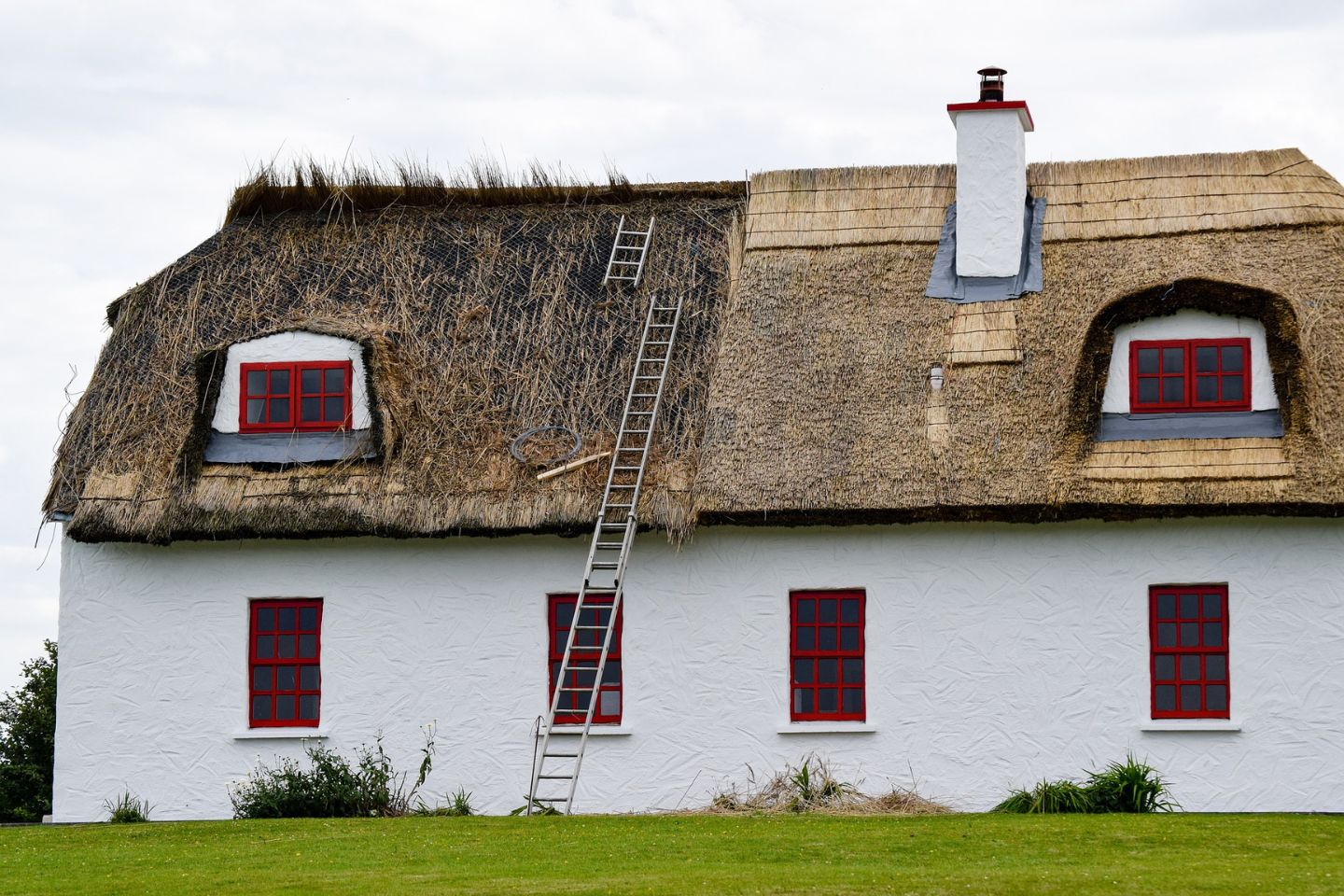
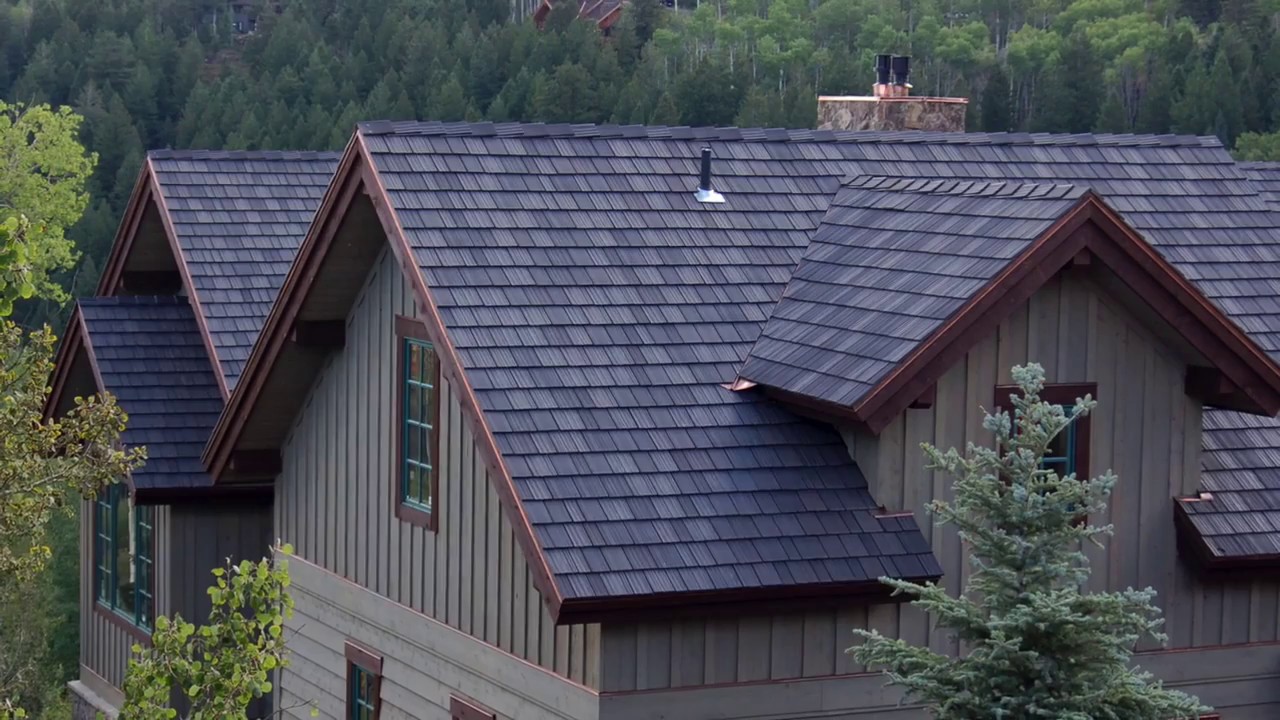
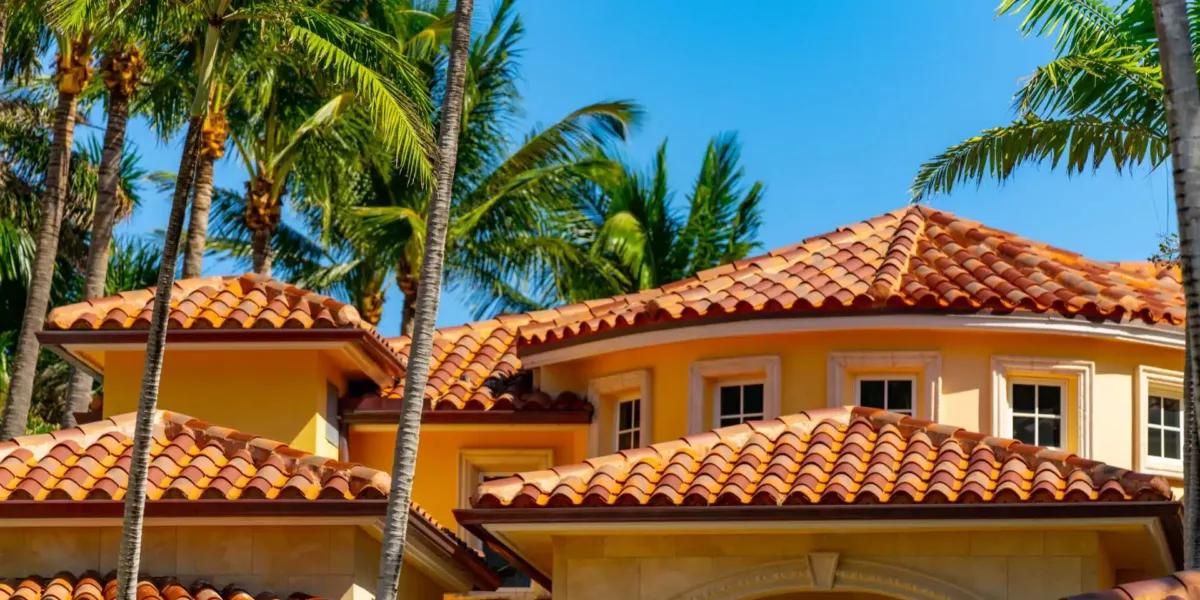
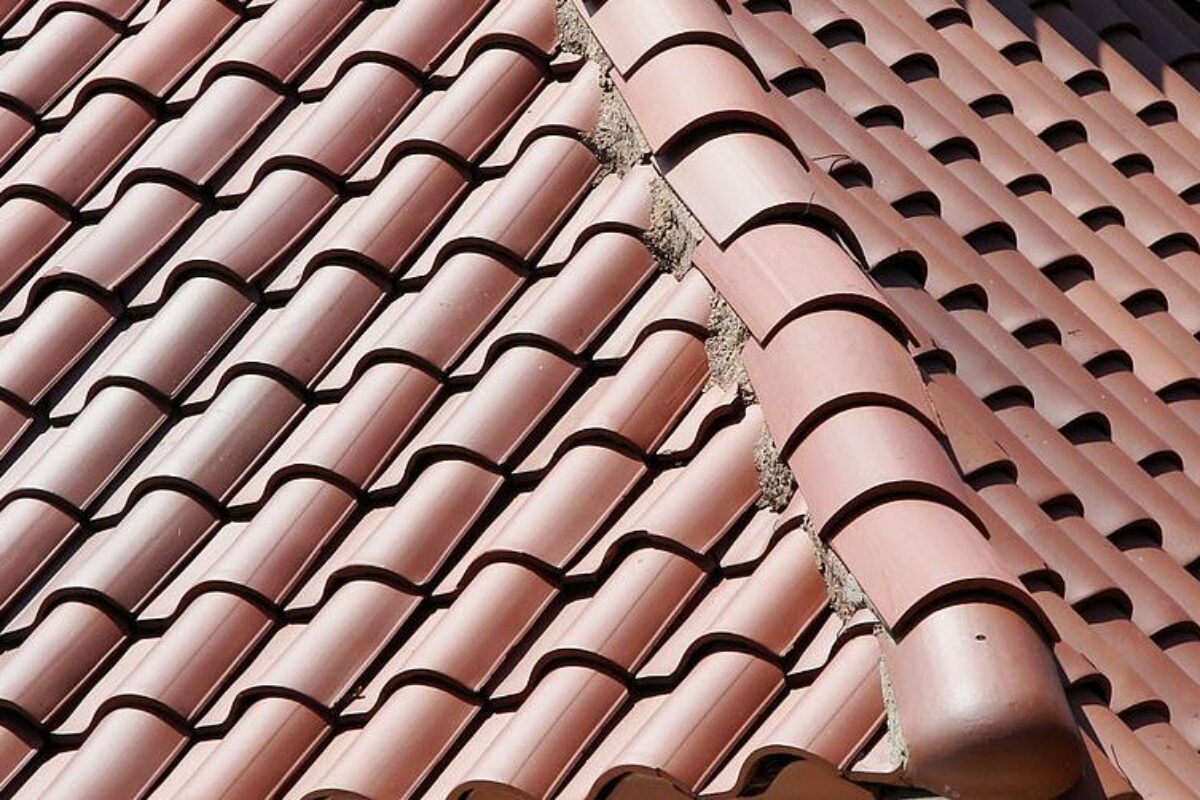
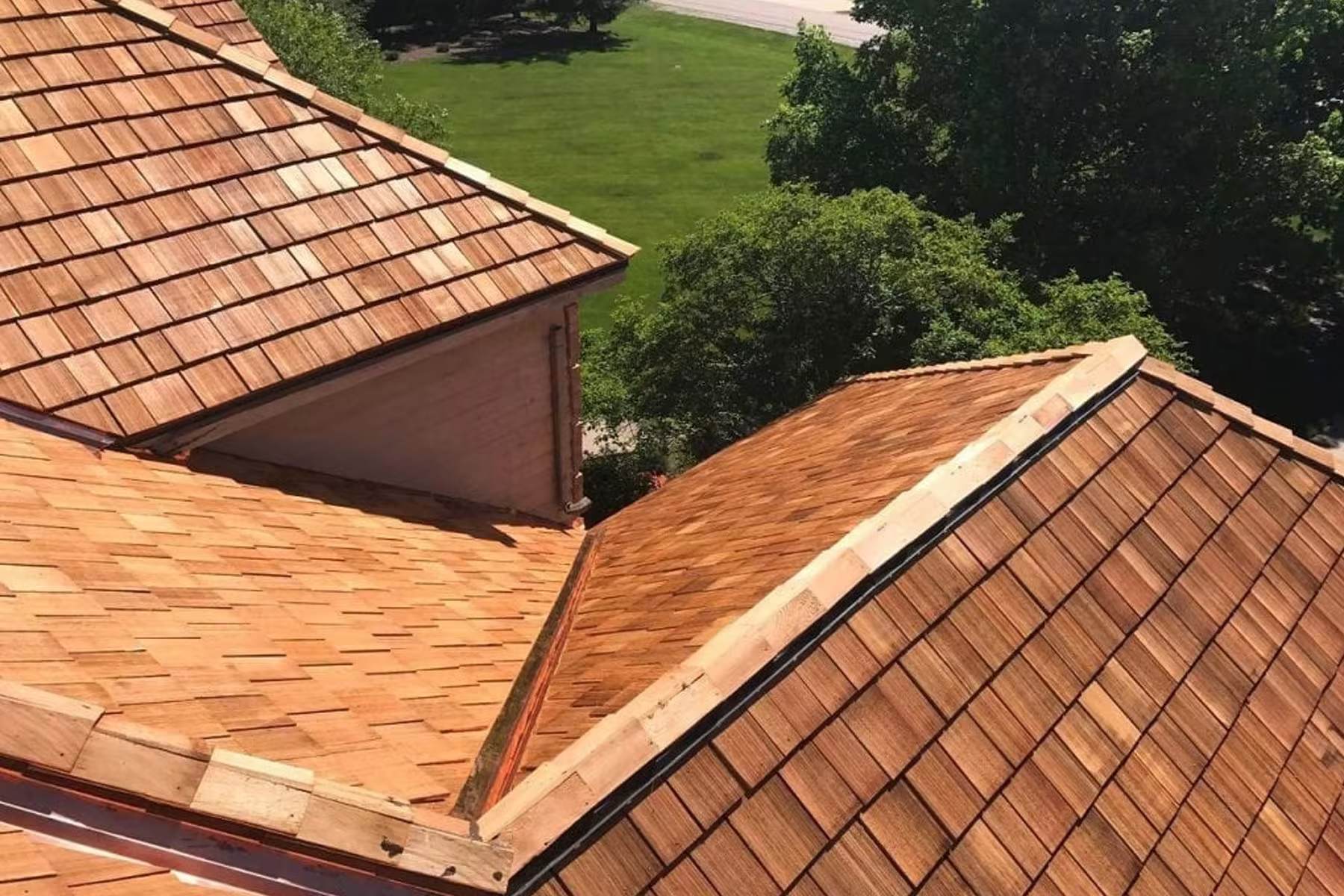
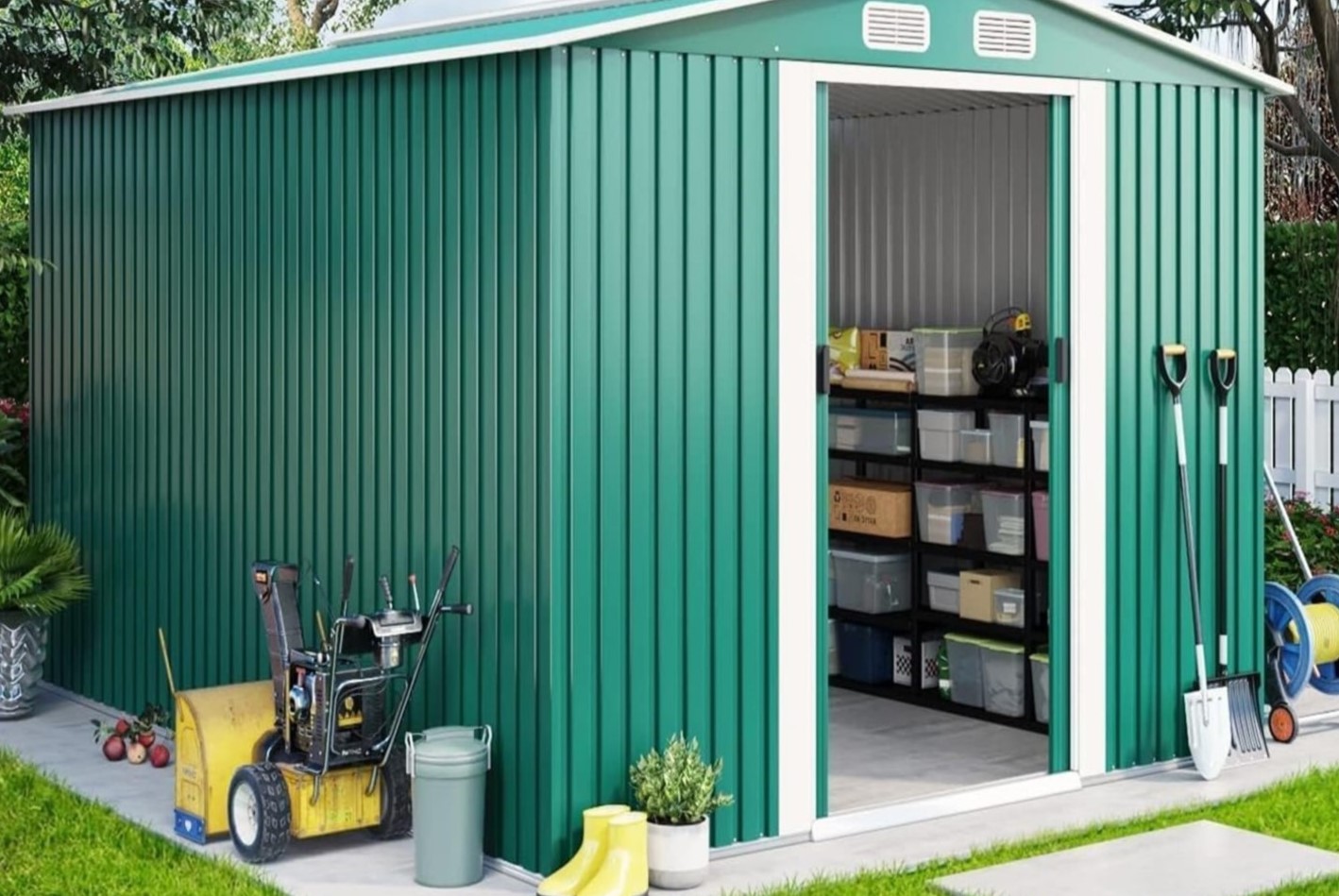
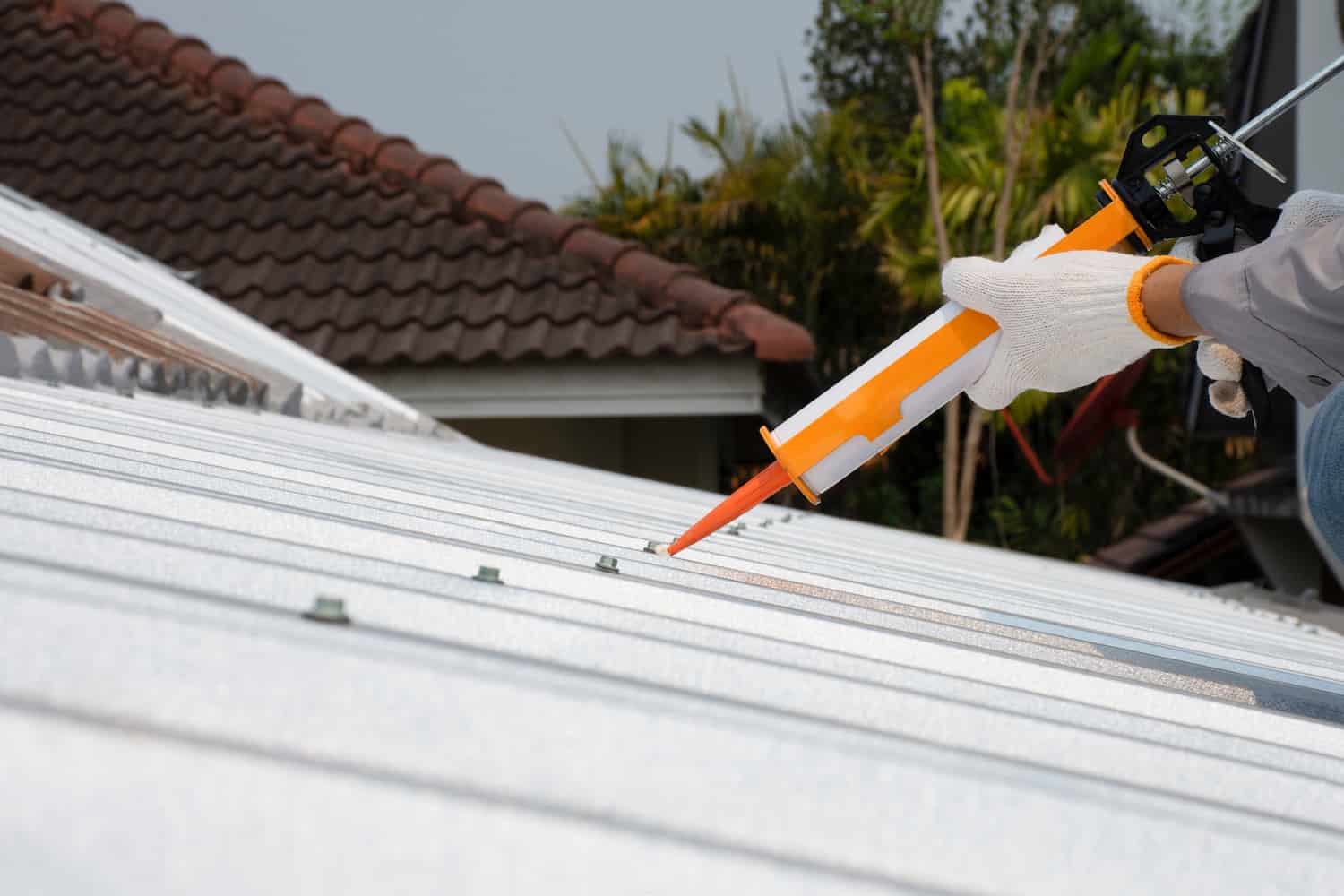
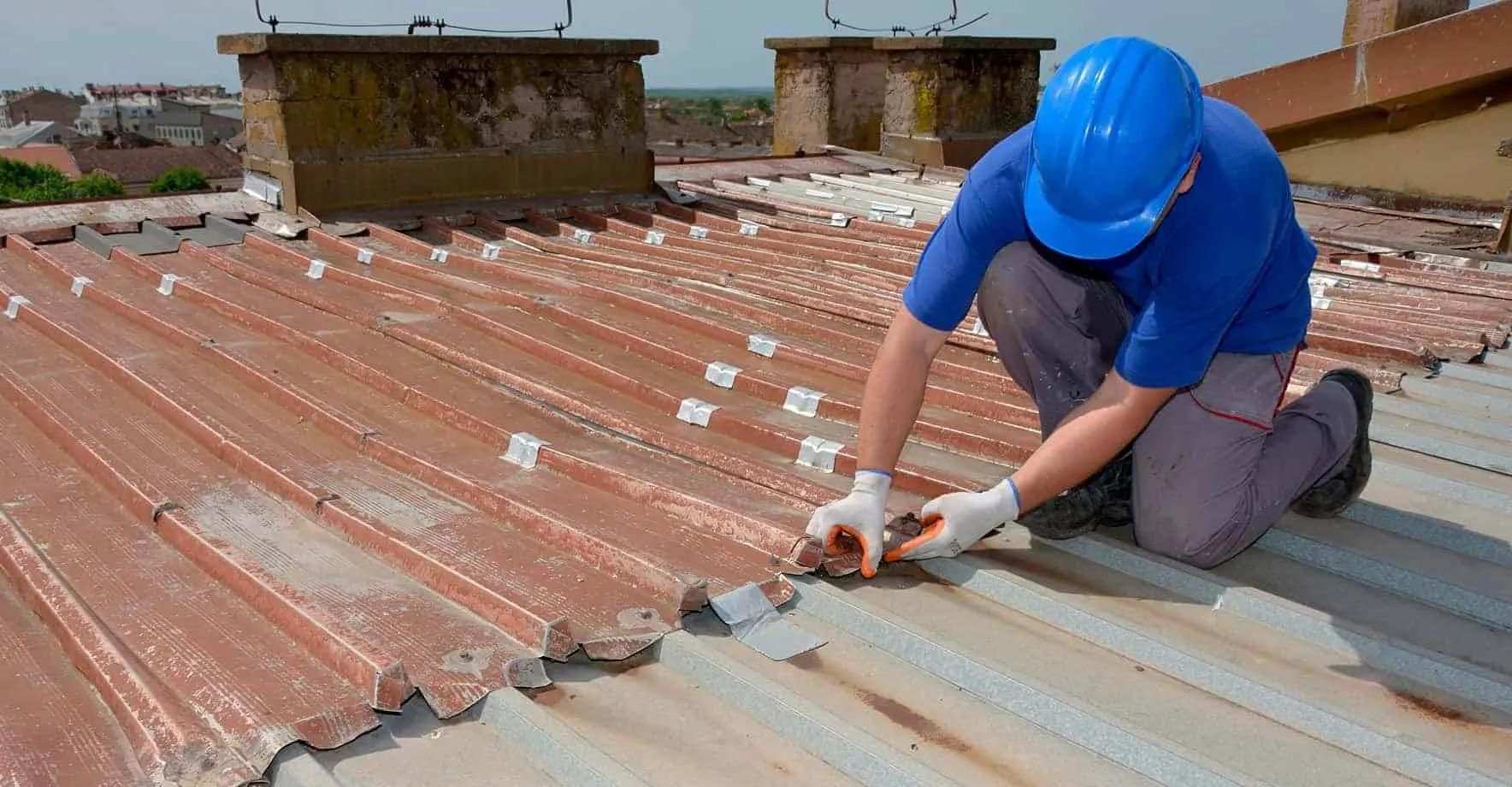
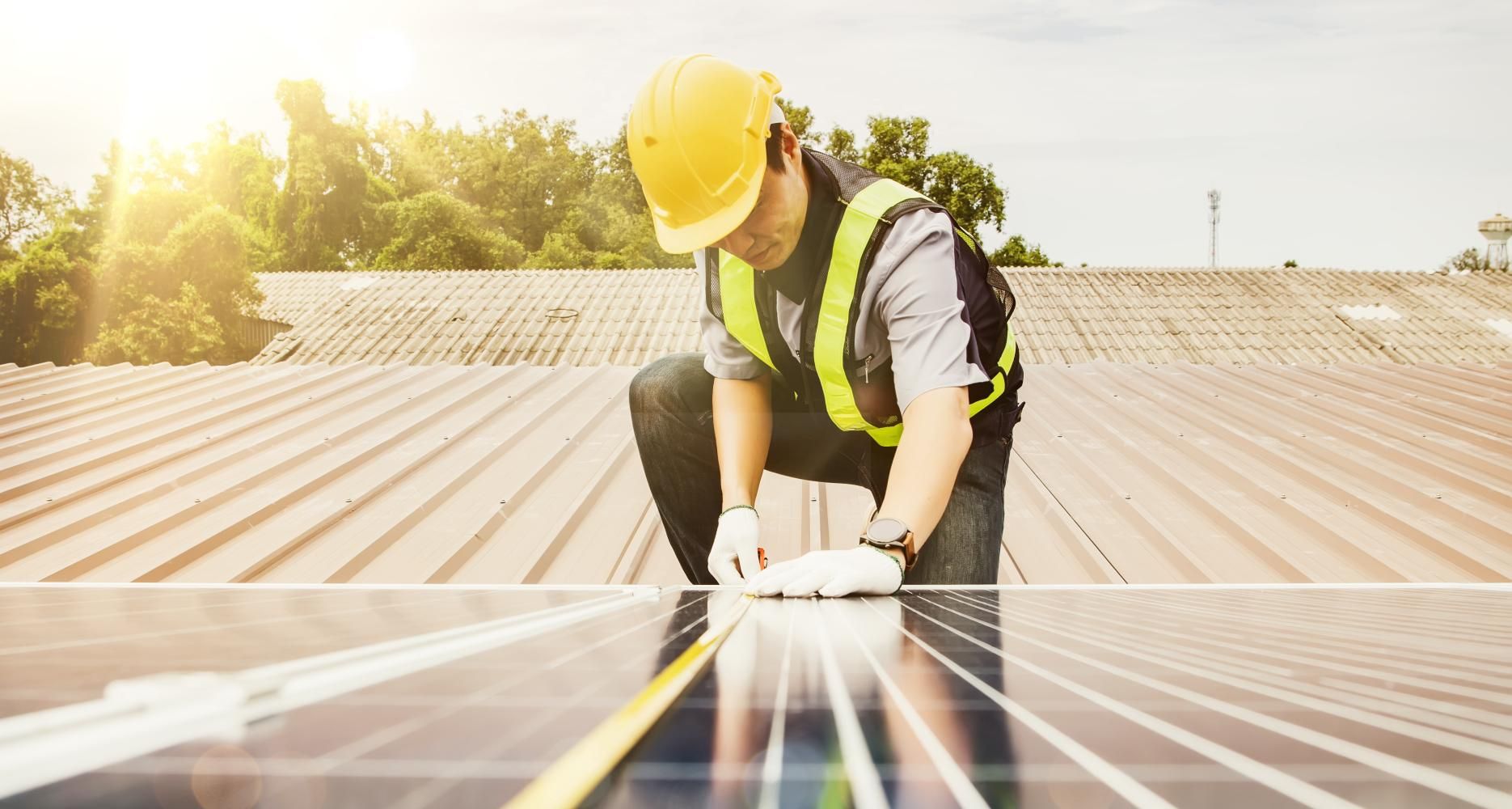
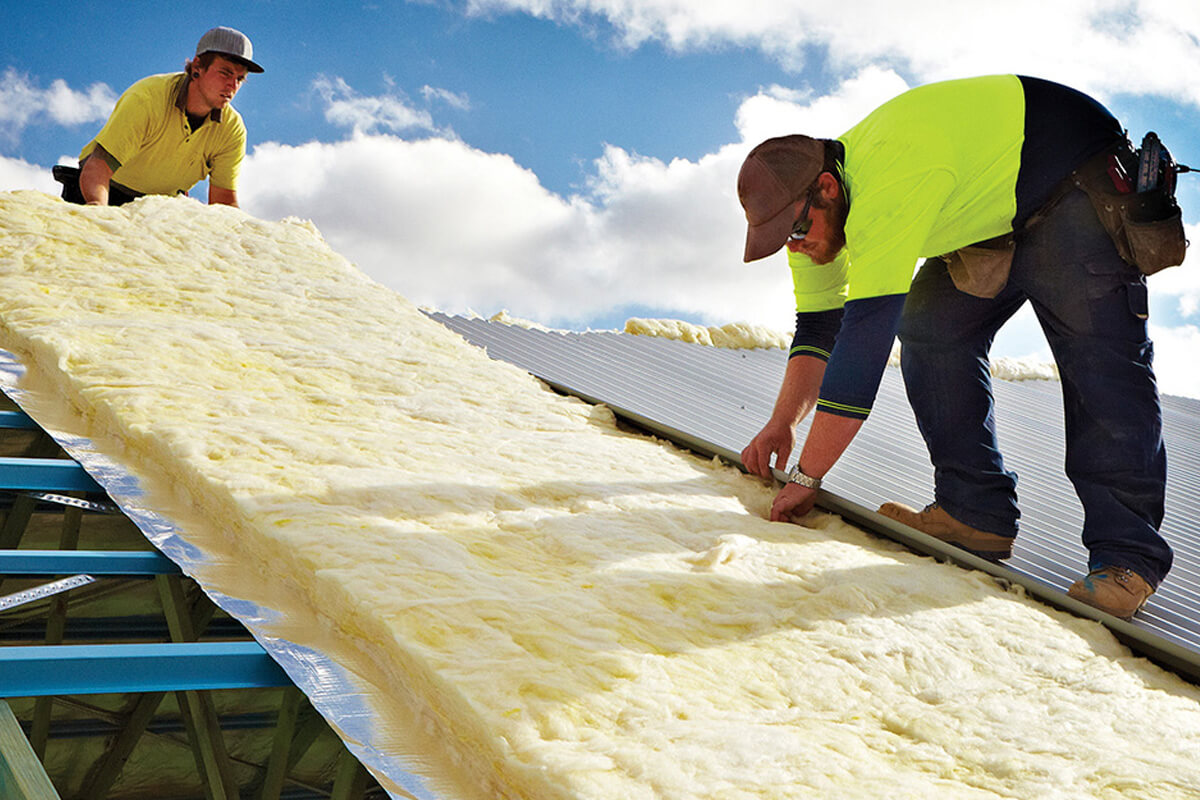
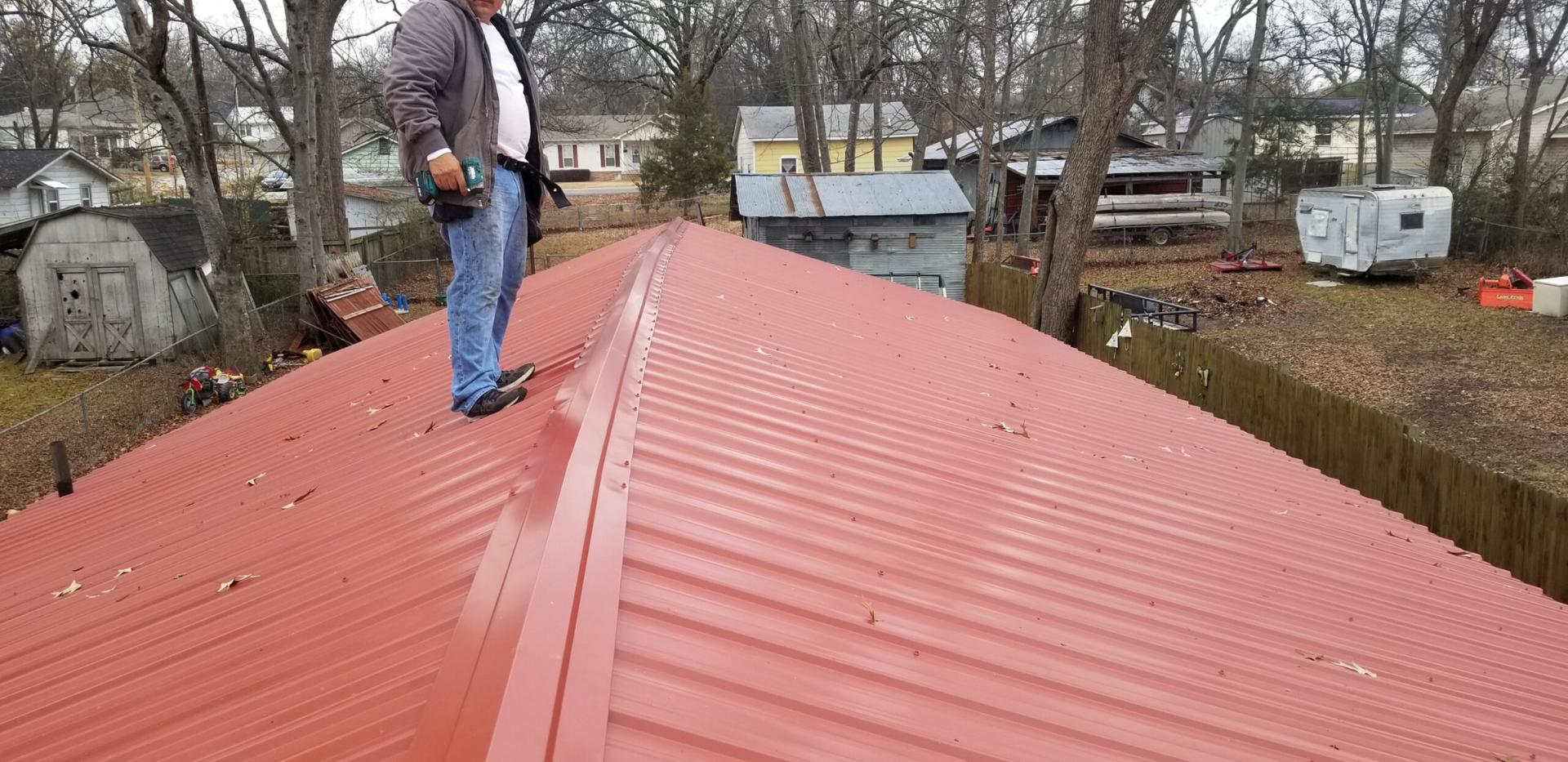
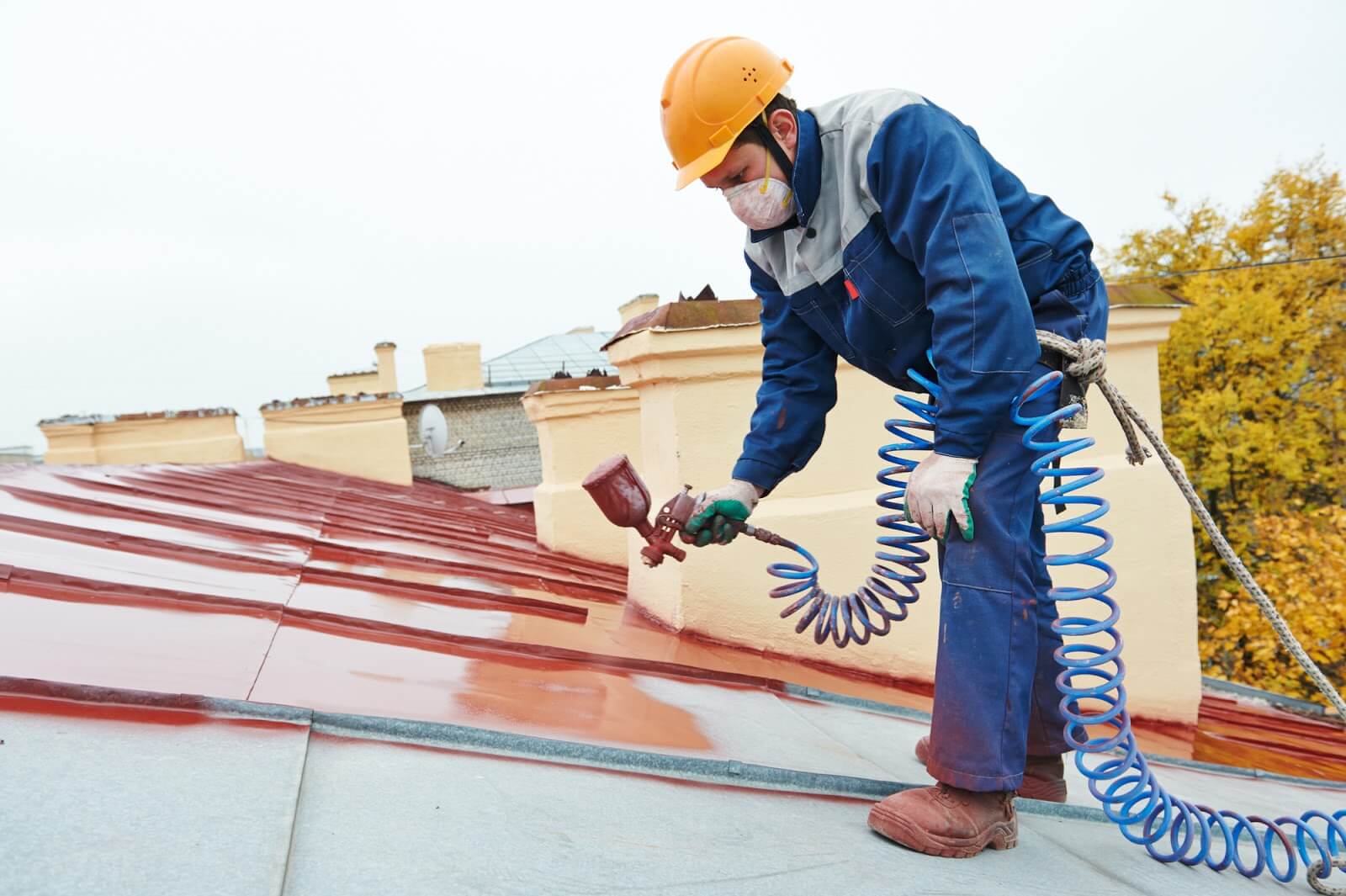
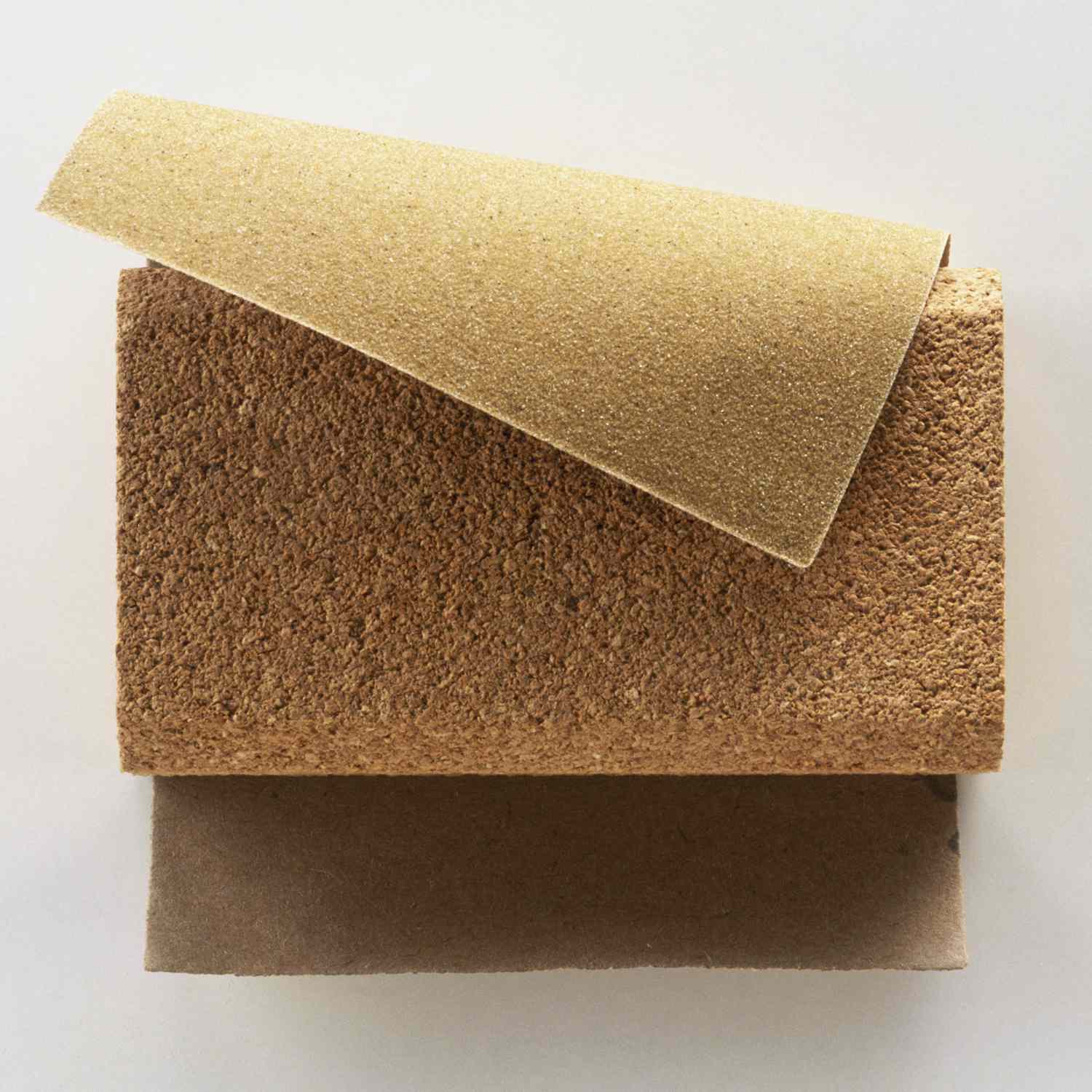
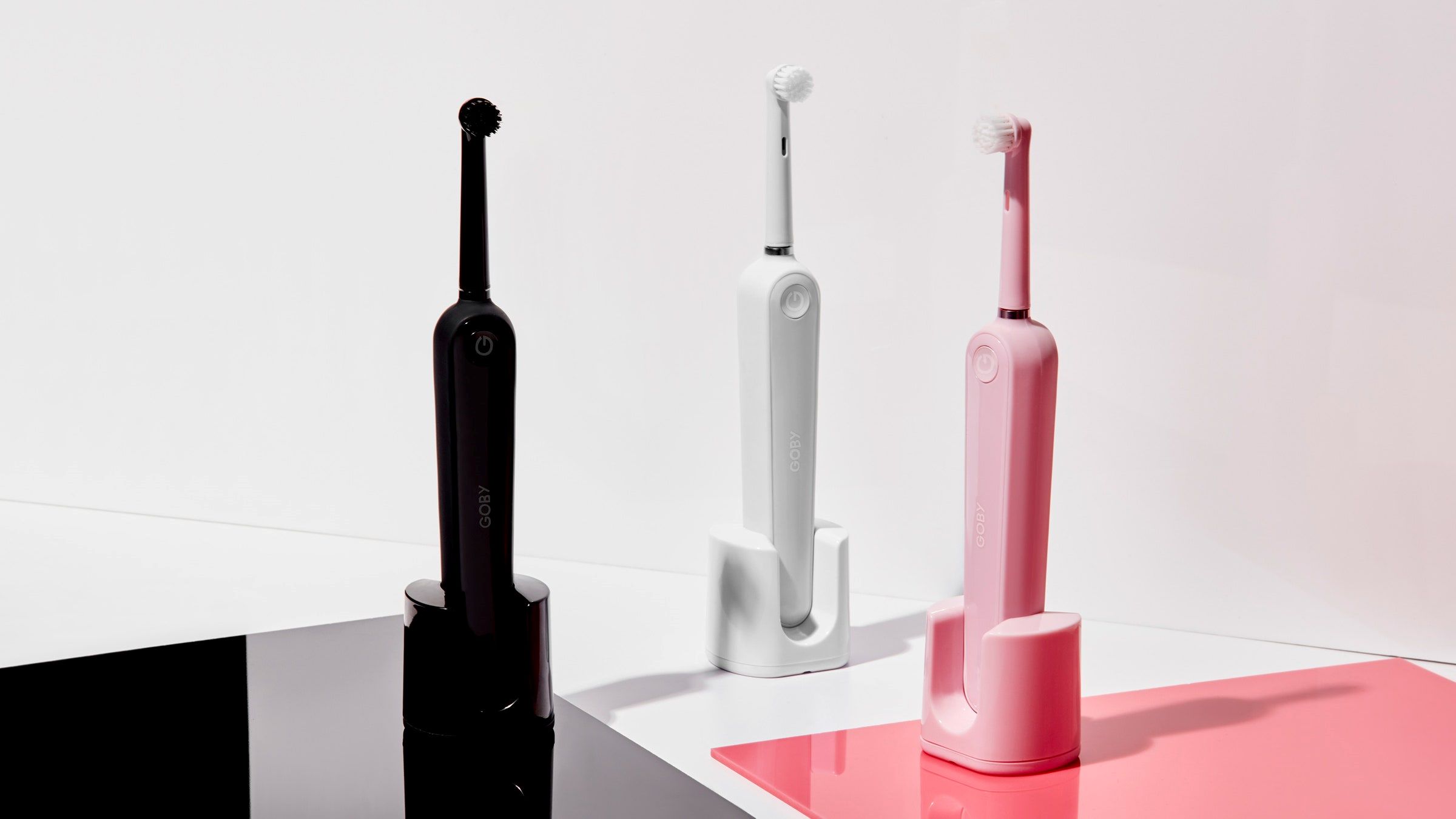

0 thoughts on “How Long Does Metal Roof Last”